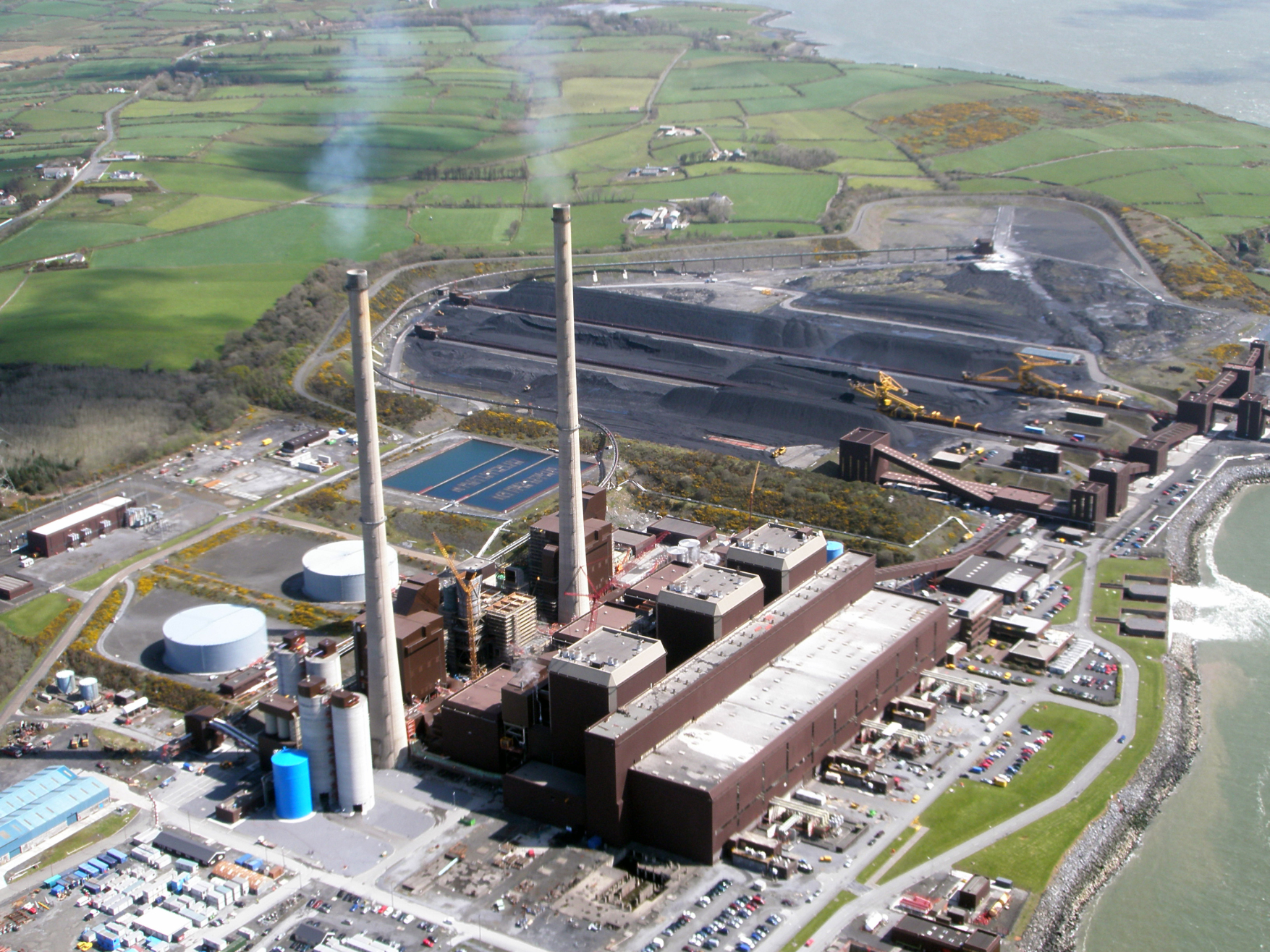The story of electricity in Ireland
Electricity was first introduced into Ireland in 1880 with the installation of the first public electric street lamp outside the offices of the Freeman’s Journal on Prince’s Street in Dublin. The same year the Dublin Electric Light Company was formed to provide public street lighting from three coal-fired power plants. In 1927, the establishment of the Electricity Supply Board (ESB) led to widespread development of new power facilities, starting with the Ardnacrusha hydro plant on the River Shannon in 1929. Due to the Rural Electrification Scheme led by ESB, by the 1960s 80% of rural households had electricity in their homes. Today electricity permeates all forms of energy use, from lighting our homes and powering appliances, to potentially providing low carbon solutions for heating and transport in the future. Going forward, in order to reduce emissions, Government policy aims to increase the share of renewable electricity from sources such as wind, solar, or biomass to 40% by 2020, with this share projected to continue to increase into the future as new technologies such as offshore wind and marine energy become economically feasible.
The first electricity in Ireland was generated from coal. It was initially used for public lighting with the first public electric lamp being installed outside the offices of the Freeman’s Journal on Prince’s Street in Dublin in 1880. In the same year, the Dublin Electric Light Company was formed.
By 1882, the Dublin Electric Light Company operated three coal-fired generation stations in the city. Dublin Corporation constructed a coal-fired power station at the Pigeon House in Ringsend in 1904 using imported coal as fuel. This was eventually acquired by the ESB.
The Electricity Supply Board (ESB) was formed by an Act of the Oireachtas in 1927. The Hydroelectric scheme at Ardnacrusha on the Shannon River was opened in 1929 and the transmission line to Dublin was the spine from which the national electricity grid was to develop. The Rural Electrification Scheme commenced in 1946 having been deferred since 1939 due to the Second World War. By 1965, 80% of rural households were connected to the electricity supply.
Peat harvested in the Midlands supported a peat-fired power station at Portalington (built in 1950). In 1956, a coal-fired generation station was built at Arigna in Co Leitrim, fuelled by indigenous coal. Between 1950 and 1967, sod peat stations totalling 117 MW and milled peat stations with a combined generation capacity of 290 MW were built. These included a number in the western part of Ireland to support a peat industry in the western counties. Following the oil crisis of 1973, additional peat-fired power stations were constructed adding 130 MW of capacity.
Nuclear energy was briefly considered by the Government but was not pursued.
Since the first commercial wind farm was constructed by Bórd na Mona at Bellacorrick in 1992, the development of large wind farms for electricity generation increased rapidly. The installed wind-powered capacity had expanded to 2,400 MW in 2015.
The Single Electricity Market (SEM) was set up in 2007 to combine the markets in Ireland and Northern Ireland.
About two million homes are connected to the electricity supply. However, a portion are vacant at any one time –holiday homes, newly built houses awaiting sale, dwellings vacant but for sale or rent, and those being refurbished by both private and by Local Authorities. The census of 2011 lists the number of “households” as about 1.6 million.
In April/May 2016, the national electricity demand for the previous month was primarily met by gas generation (48.5%), electricity from renewables (23.3% mainly from wind turbines) and coal generation (21.5%), with the balance from peat and other sources.
In 2014, the use of electricity in Ireland was split between different end-use sectors as follows: industry (38.9%), residential (31.9%), commercial (19.1), public sector (7.6%), Agriculture (2.3%) with minor electricity use in transport (LUAS, DART).



